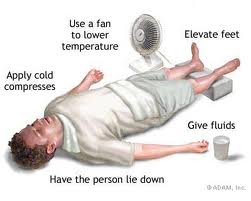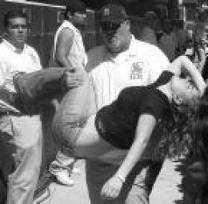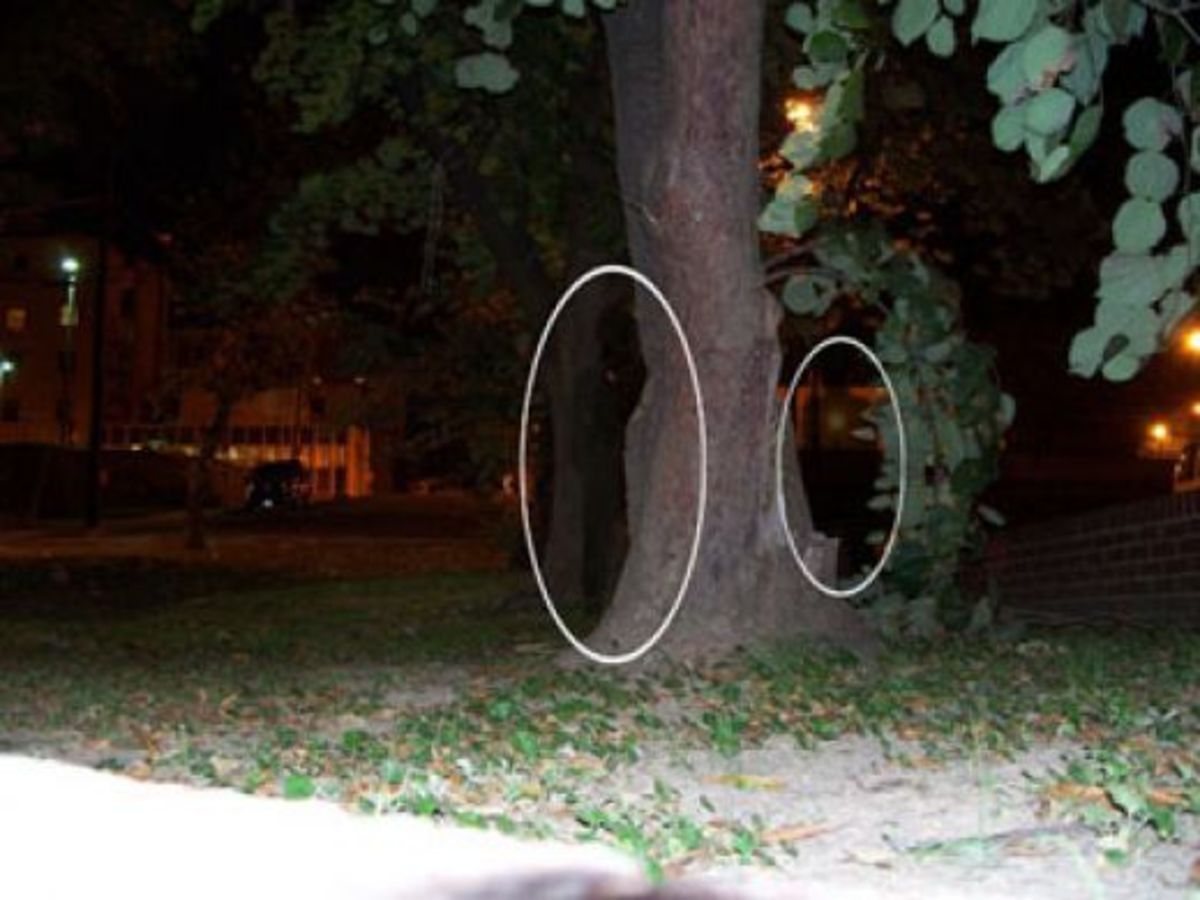Summertime - Effects of Heat Stress and Humidity- Summer Safety Information
Effects of Heat Stress
Humidgencies :Be Informed About the Effects of Heat Stress
Summertime can be fun time, with warm days and plenty of sun. But danger lurks in the excessive heat, and like anything, too much of a good thing can cause problems. If you work outdoors or exert yourself too much in high temperatures, you body may give you signs to stop and take a break, go indoors with air conditioning , and drink plenty of fluids.
The summertime heat can cause multiple problems for people who are prone to problems arising from high temperatures and humidity. People who work outdoors, do strenuous activities outside, elderly and vey young children. When the temperatures rises higher than 90 degrees, it is recommended to stay inside, do not do strenuous outdoor activities, stop often when working outdoors, and drink plenty of water. Excessive sweating causes lower blood volume and dehydration. Making sure you have enough fluids will keep your body at its core and proper temperature.

By the Time You Feel Thirsty You May Already Be Dehydrated
Dehydration can be extremely dangerous, so be conscientious of how much water you take in. Dehydration is best prevented, rather than trying to treat it. Restore your bodily fluids by drinking enough water in small amounts often. You body appreciates that more than taking in large amounts of water at once. Drink while eating because that helps retain fluids. If no food is available a pinch of sugar and salt added to the water will help, similar to Gatorade. Drink regularly. Thirst is a delayed reaction to loss of fluids. Your fluid levels are low already by the time you feel thirsty. Urine color is an excellent indicator of proper fluid retention. Light or almost clear color means plenty of fluids, dark color means your body is trying to conserve fluids so the color is darker and more concentrated. In the summertime weather it is advisable to consume 3-4 qts or 2.8-3.7 liters of water to replace the fluids lost from sweating. Replacing salts lost from sweating is helped by eating foods with salt in it. Most foods have enough salt in them.
Heat Exhaustion and Heat Stroke has Serious Implications
Your body knows how to regulate its temperature (thermoregulation) by sweating as a cooling mechanism. High humidity reduces our ability to cool and makes us more susceptible to heat exhaustion, heat stroke and other heat related illnesses.
It is very important to avoid heat exhaustion and heat stroke which could cause serious injuries. The National Weather Service notes that heat related problems cause more deaths each year “than floods, lightning, tornadoes, hurricanes, winter storms and extreme cold from 1994 to 2003”. Elevated body temperatures can cause serious heat illnesses, and emergencies situations.
Heat Exhaustion and Heat Stress Can Cause Illnesses
Here is a list of illness caused by heat distress:
- · heat cramps
- · heat syncope
- · heat exhaustion
- · heat stroke
According to the American Red Cross look for the following symptoms when dealing with excessive heat: “nausea, dizziness, flushed or pale skin, heavy sweating and headaches”

What to Do for People with Heat Related Illnesses
Help people who are suffering from an illness caused by the heat by moving them to a shaded or cooler area, provide fresh drinking water, ice packs or cool a wet cloth that is applied to the skin. Call paramedics immediately if the person refuses water, throws up, or becomes unconscious for any period of time.
The best prevention from heat related problems is to dress in light weight and light colored clothing. Use a hat or an umbrella. Keep yourself hydrated, avoid alcohol and caffeinated drinks, as well as soda pop. Avoid salty food, and foods high in protein. It is best to keep meals small and eat frequently. Try not to push yourself too hard in the heat. Try to work in the evening or early morning when temperatures are lower. An air conditioned environment will naturally be the most comfortable.
Look out for these signs:
Heat cramps which are pains and spasms in the muscles from too much exertion and not enough salt. This may be a beginning sign of heat related problems. Heat exhaustion can happen when people lose excessive body fluids from sweating. Stretching the muscle is more effective than kneading the area.
Heat Syncope is fainting from the heat. When the vascular system dilates the brain gets less blood flow and fainting, dizziness, headache increased pulse rate, restlessness, nausea, vomiting, and possibly even a short loss of consciousness. Keeping yourself hydrated is a very important preventative. Should the person show any of these signs, the individual should lie or sit down in a cool or shady area. Raise their feet and give fluids, especially add salt (1/2 tsp and ½ tsp baking soda per quart.) Rest is extremely important for the day and try to get the fluid levels back to normal with a normal urination of clear color. Take caution when out in the heat again.
Heat Exhaustion
The signs and symptoms of Heat Exhaustion are:
- Sweating
- Skin - Pale, clammy (from peripheral vasoconstriction)
- Pulse - Increased
- Respirations - Increased
- Temperature - normal or slightly elevated
- Urine Output - Decreased
- Patient feels weak, dizzy, thirsty, "sick," anxious
- Nausea and vomiting (from decreased circulation in the stomach)

Signs and Symptoms of Heat Distress
According to the American Red Cross “blood flow to the skin increases, causing blood flow to decrease to the vital organs. This results in a form of mild shock.“ Skin may look pale flushed or red, feel cool or moist to the touch, profuse sweating, headache; nausea or vomiting, dizziness; and exhaustion. Body temperature may be nearly normal. According to the American Red Cross take the following measures to help the individual:” Get the person to a cooler place and have him or her rest in a comfortable position. If the person is fully awake and alert, give half a glass of cool water every 15 minutes. Do not let him or her drink too quickly. Do not give liquids that contain alcohol or caffeine. Remove or loosen tight clothing and apply cool, wet cloths, such as towels or sheets. Call 9-1-1 or the local emergency number if the person refuses water, vomits or loses consciousness. “
Heat stroke , hyperthermia or sunstroke is very serious and may even be life threatening. The body at this point is unable to regulate its own temperature can go high enough to cause brain damage and even death if the person is not cooled quickly. Symptoms are usually hot, red and dry skin; lapses in consciousness; rapid, weak pulse; and rapid, shallow breathing. Body temperature may be very high—sometimes as high as 105 degrees. There are two types of heat stroke, slow onset (fluid depleted) and fast onset(fluid intact).With slow onset the individual can continue to perform, although their body working in a heat challenged situation, and their core temperature will rise to unsafe levels. With fast onset, the body becomes overwhelmed by the heat challenge, even if the fluid level adequate.
According to the American Red Cross follow these steps: “Heat stroke is a life-threatening situation! Help is needed fast. Call 9-1-1 or your local emergency number. Move the person to a cooler place. Quickly cool the body. Immerse victim in a cool bath, or wrap wet sheets around the body and fan it. Watch for signals of breathing problems. Keep the person lying down and continue to cool the body any way you can. If the victim refuses water or is vomiting or there are changes in the level of consciousness, do not give anything to eat or drink.”
Signs & Symptoms of Heat Stroke
- The key to identifying Heat Stroke is hot skin. Some victims may have hot, dry skin, others may have hot, wet skin because they have just moved from Heat Exhaustion to Heat Stroke.
- Peripheral vasoconstriction (skin gets pale)
- Pulse Rate - increased
- Respiratory Rate - increased
- Urine Output - decreased
- Temperature - increased (may be over 105° F/41° C)
- Skin - may be wet or dry, flushed
- AVPU - Severe changes in mental status and motor/sensory changes, then the person may become comatose, possibility of seizures.
- Pupils - may be dilated and unresponsive to light
Summertime First Aid Kits
Employees Have Heat Safety Rights
People who suffer from heat related issues may impair their ability to make the right choices or may become irritable and uncomfortable. This may cause a hazardous situation when operating machinery, equipment, or handling tools. There is no OSHA (federal Occupational Safety and Health Administration) rules that govern heat safety. Generally, employees are protected under the “General Duty Clause” which states that each employee has the right to work in an environment that is hazard free. Flexible work days and hours are helpful so that employees can avoid working in the hottest part of the day. It may also be more productive to the team if they are working in better, cooler conditions.
The National Institute for Occupational Safety And Health has more information and educational materials to learn from.
Go to www.cdc.gov/niosh9
Listen to your body, and do not push yourself too hard. Check on your elderly neighbors, and learn CPR and First Aid
Be Smart. Be informed. Be Safe!











